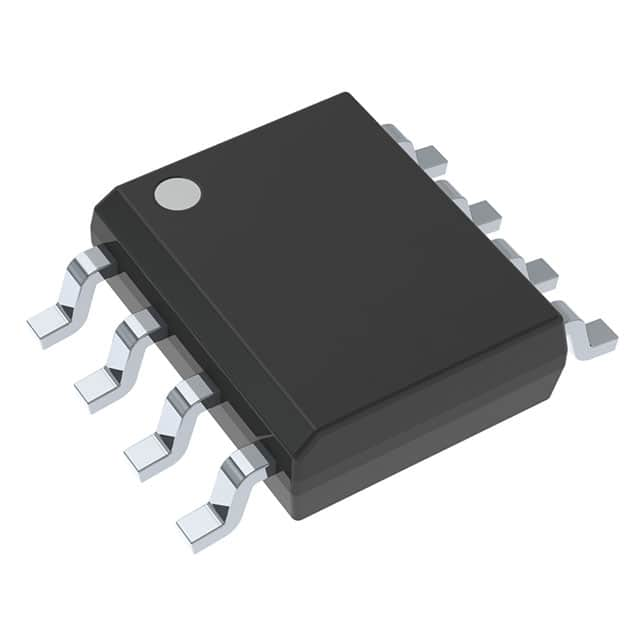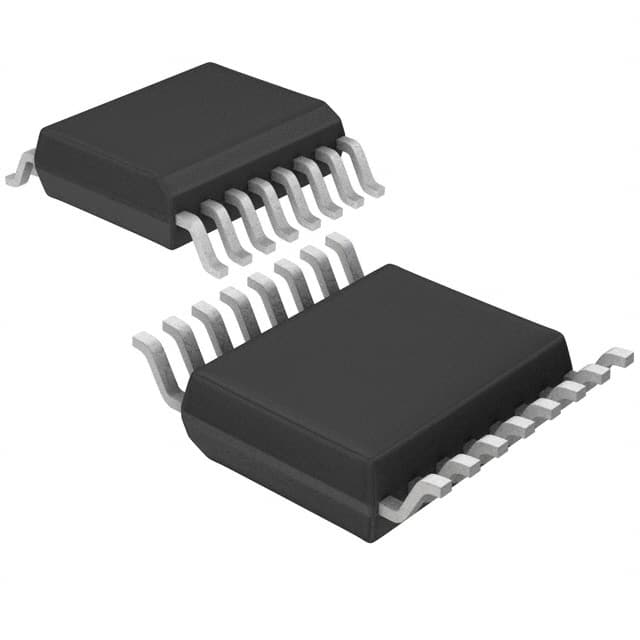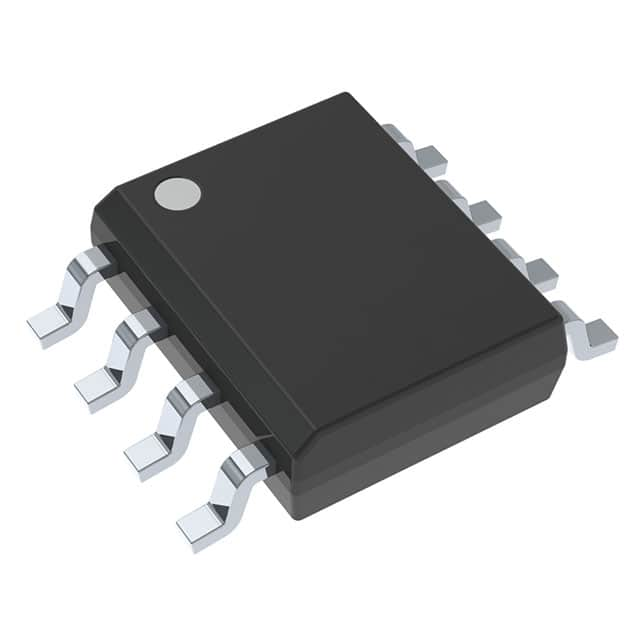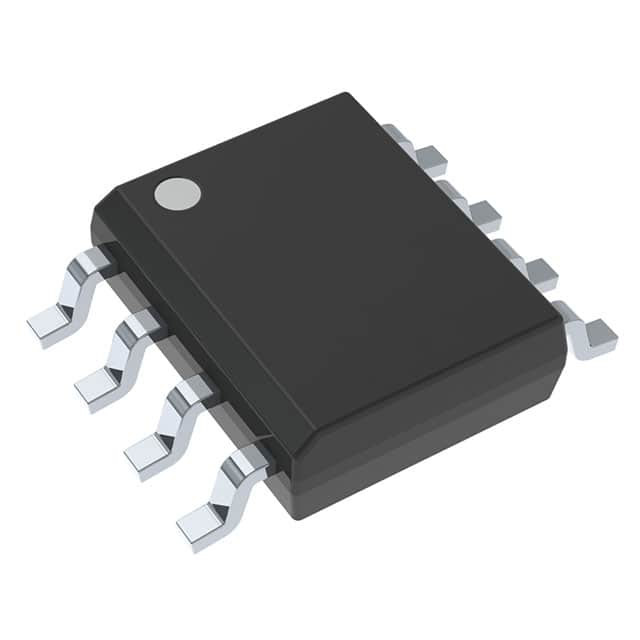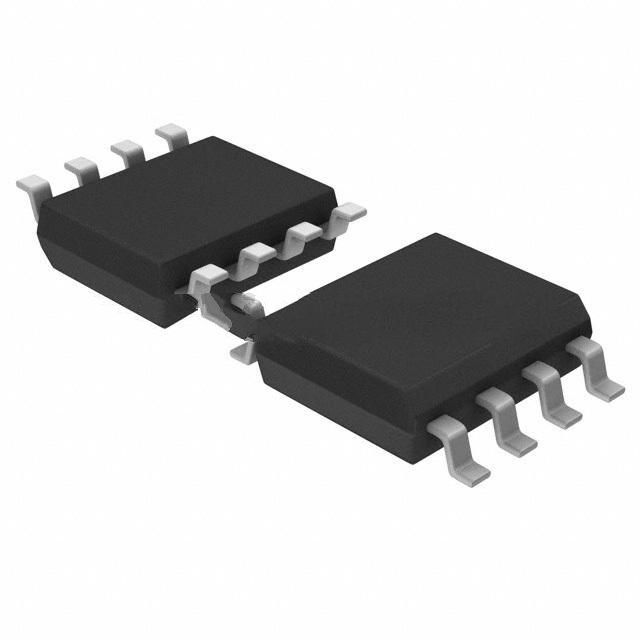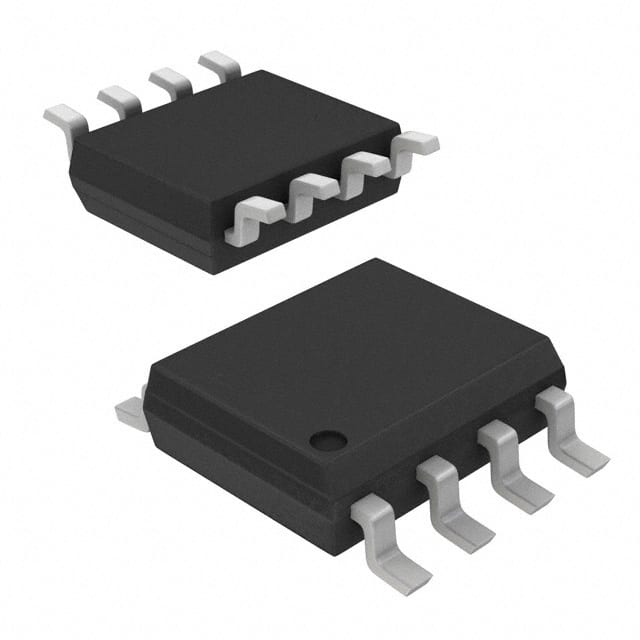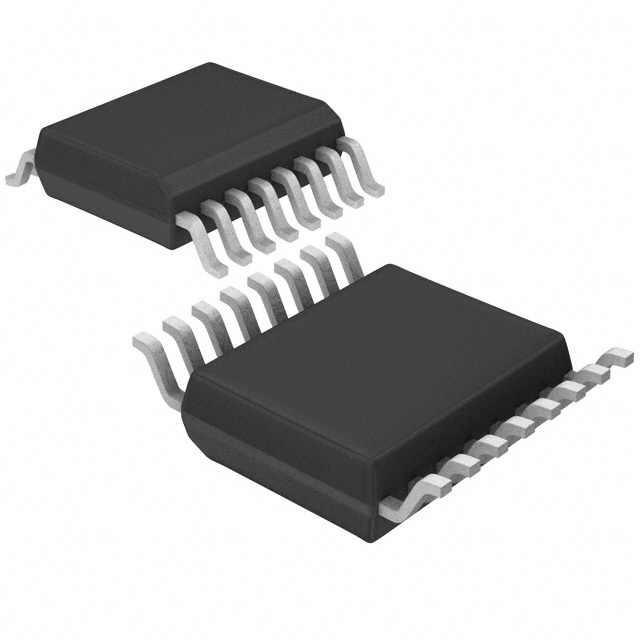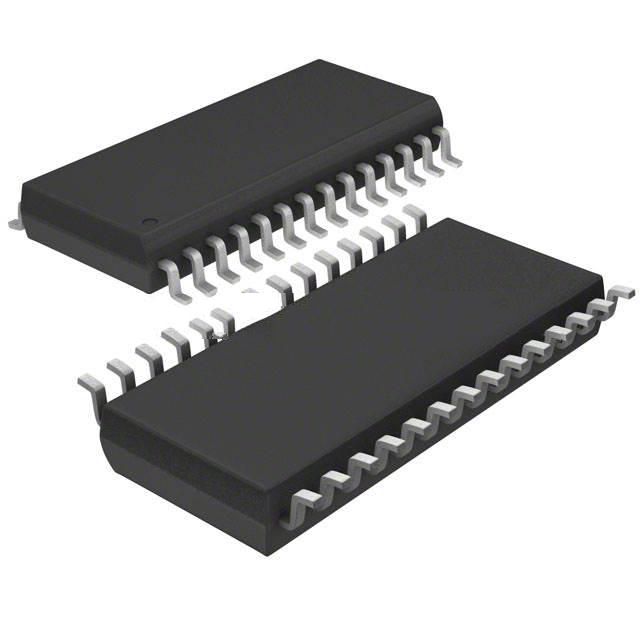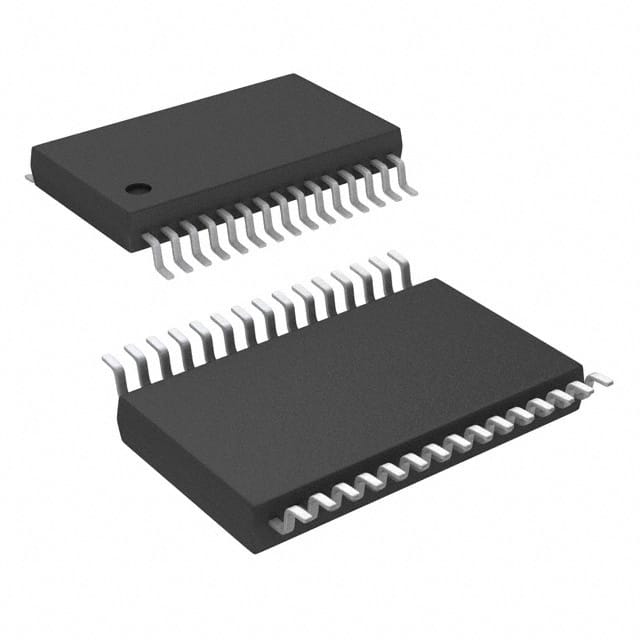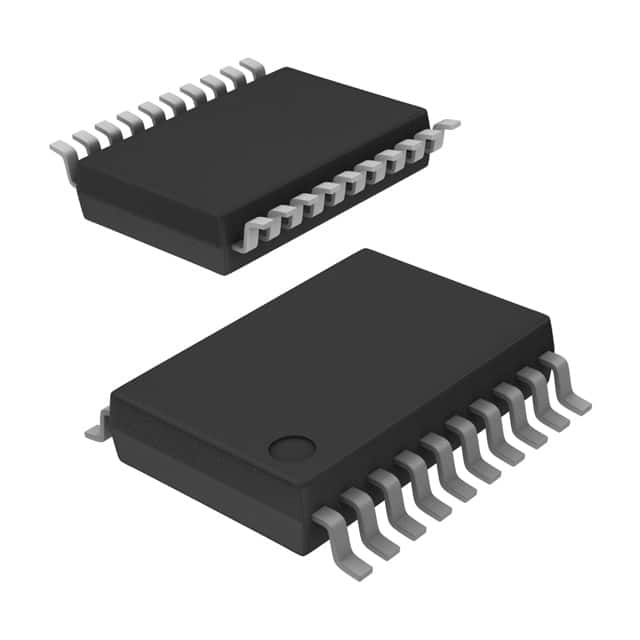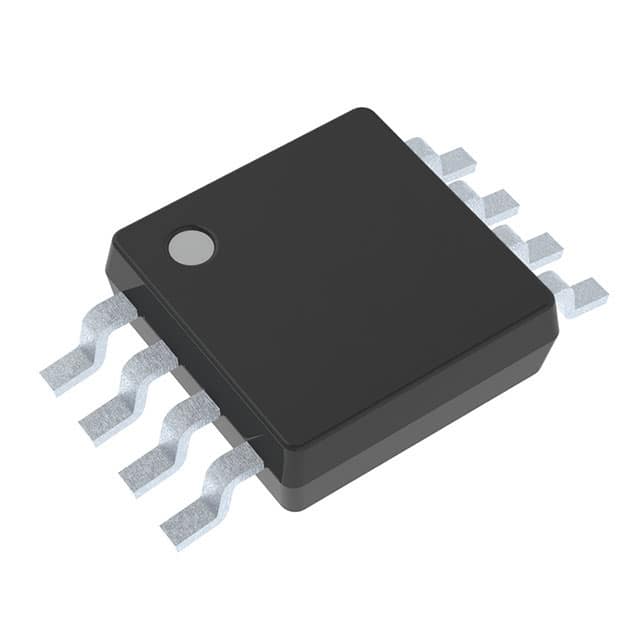ADS1286UB Product Introduction:
Texas Instruments Part Number ADS1286UB(Data Acquisition - Analog to Digital Converters (ADC)), developed and manufactured by Texas Instruments, distributed globally by Jinftry. We distribute various electronic components from world-renowned brands and provide one-stop services, making us a trusted global electronic component distributor.
ADS1286UB is one of the part numbers distributed by Jinftry, and you can learn about its specifications/configurations, package/case, Datasheet, and other information here. Electronic components are affected by supply and demand, and prices fluctuate frequently. If you have a demand, please do not hesitate to send us an RFQ or email us immediately sales@jinftry.com Please inquire about the real-time unit price, Data Code, Lead time, payment terms, and any other information you would like to know. We will do our best to provide you with a quotation and reply as soon as possible.
Introducing the Texas Instruments ADS1286UB, a cutting-edge analog-to-digital converter that revolutionizes data acquisition in a wide range of applications. With its advanced features and exceptional performance, this device is set to become the go-to solution for engineers and researchers alike.
The ADS1286UB boasts an impressive 24-bit resolution, ensuring accurate and precise data conversion. Its high-speed sampling rate of up to 128 kSPS allows for real-time data acquisition, making it ideal for applications that require fast and reliable measurements. Additionally, the device offers a low noise floor and excellent linearity, guaranteeing the integrity of your data.
This versatile converter is designed to excel in various application fields. In industrial automation, the ADS1286UB can be used for process control, monitoring, and data logging. In medical devices, it enables accurate measurements in patient monitoring systems and diagnostic equipment. It is also well-suited for scientific research, providing reliable data acquisition in laboratory experiments and data analysis.
The ADS1286UB is equipped with a wide input voltage range, making it compatible with a variety of sensors and signal sources. Its low power consumption ensures energy efficiency, making it an excellent choice for battery-powered devices. Furthermore, the device features a robust design, with built-in protection against overvoltage and electrostatic discharge, ensuring long-term reliability.
In conclusion, the Texas Instruments ADS1286UB is a state-of-the-art analog-to-digital converter that offers exceptional performance and versatility. With its advanced features and wide range of applications, it is the perfect solution for engineers and researchers seeking accurate and reliable data acquisition.
Analog to digital Converters (ADCs) are electronic devices used to convert continuously varying Analog signals into discrete Digital signals. This process usually includes three steps: sampling, quantization and coding. Sampling means capturing the instantaneous value of an analog signal at a fixed frequency; Quantization approximates these transient values to the nearest discrete level; Finally, the encoding converts the quantized value into binary numeric form.
Application
ADCs(Analog-to-digital Converters) is widely used in a variety of scenarios, such as audio and video recording, measuring instruments, wireless communications, medical devices, and automotive electronics. For example, in audio devices, the ADC is responsible for converting the sound signal captured by the microphone into a digital format for easy storage and transmission.
FAQ about Data Acquisition - Analog to Digital Converters (ADC)
-
1. How does ADC convert analog to digital?
The technology that converts analog sound signals into digital signals is called analog-to-digital conversion technology (Analog to Digital Converter, referred to as ADC). The function of ADC is to convert continuously changing analog signals into discrete digital signals. The process of analog-to-digital conversion can be completed by steps such as sampling, holding, quantization, and encoding.
-
2.
Why do we need analog-to-digital converters?
The reasons why we need analog-to-digital converters mainly include the following:
Digital system processing: Many computers and electronic devices are digital systems, which are more suitable for processing digital signals. Analog signals are difficult to process in digital systems, and after analog-to-digital conversion, the signals can be represented, stored and processed in digital form.
Noise immunity: Digital signals are more noise-resistant than analog signals. Digital signals can be protected and restored by means such as error correction codes, while analog signals are easily interfered by noise.
Accuracy: Digital signals are more accurate because they can be represented with higher resolution. Analog signals have accuracy limitations, and analog-to-digital conversion can improve the resolution of the signal.
Application scenarios: Analog-to-digital converters are widely used in many fields, including automatic control systems, audio and video processing, sensor interfaces
-
3. When is ADC used?
ADC (Analog-to-Digital Converter) is widely used in a variety of scenarios, including but not limited to:
Sensor interface: For example, temperature sensors, pressure sensors, and light sensors, ADC converts analog voltages into digital signals for the use of digital thermometers, temperature control systems, barometers, air pressure sensing systems, light intensity detection and control systems.
Audio signal processing: In microphones, ADC converts analog audio signals into digital signals for digital audio processing, recording, and playback.
Medical equipment: Such as electrocardiograms (ECGs) and oximeters, ADC converts analog signals of ECG signals and blood oxygen saturation into digital signals for heart health monitoring and diagnosis and blood oxygen level monitoring.
Data acquisition system: In various applications that need to collect data from analog signals, ADC is used to convert analog signals into digital signals for storage, processing, and analysis.
 Lead free / RoHS Compliant
Lead free / RoHS Compliant



